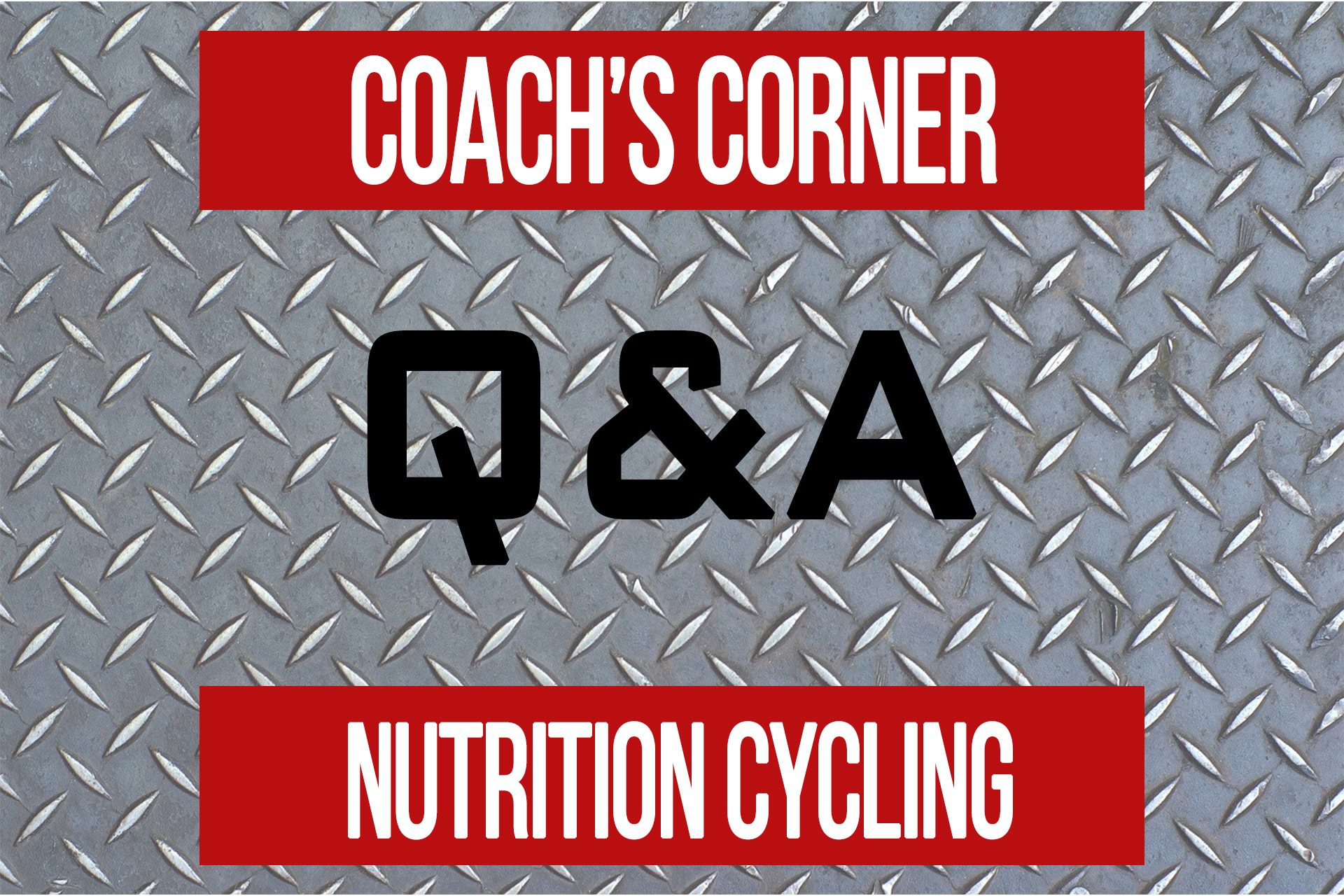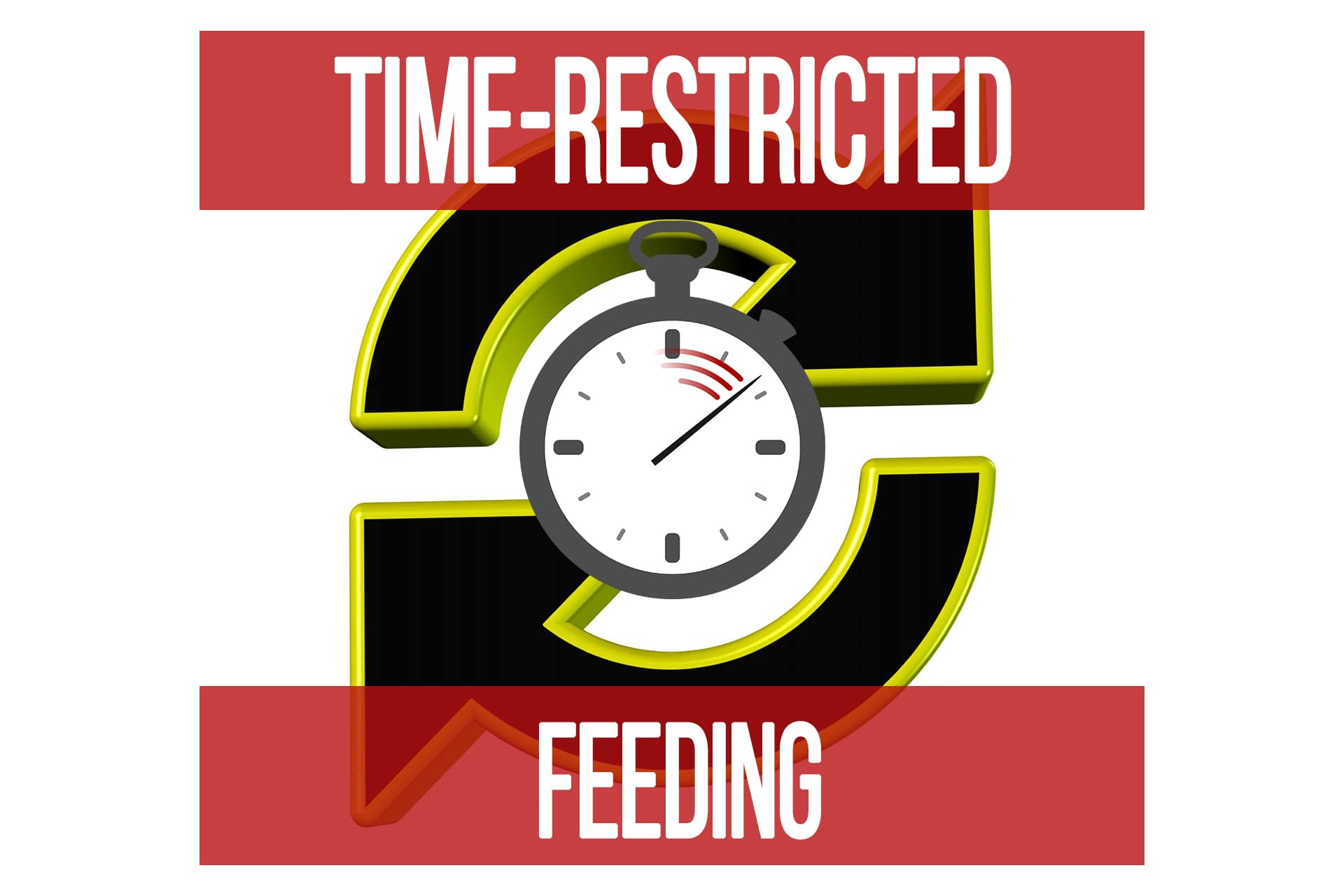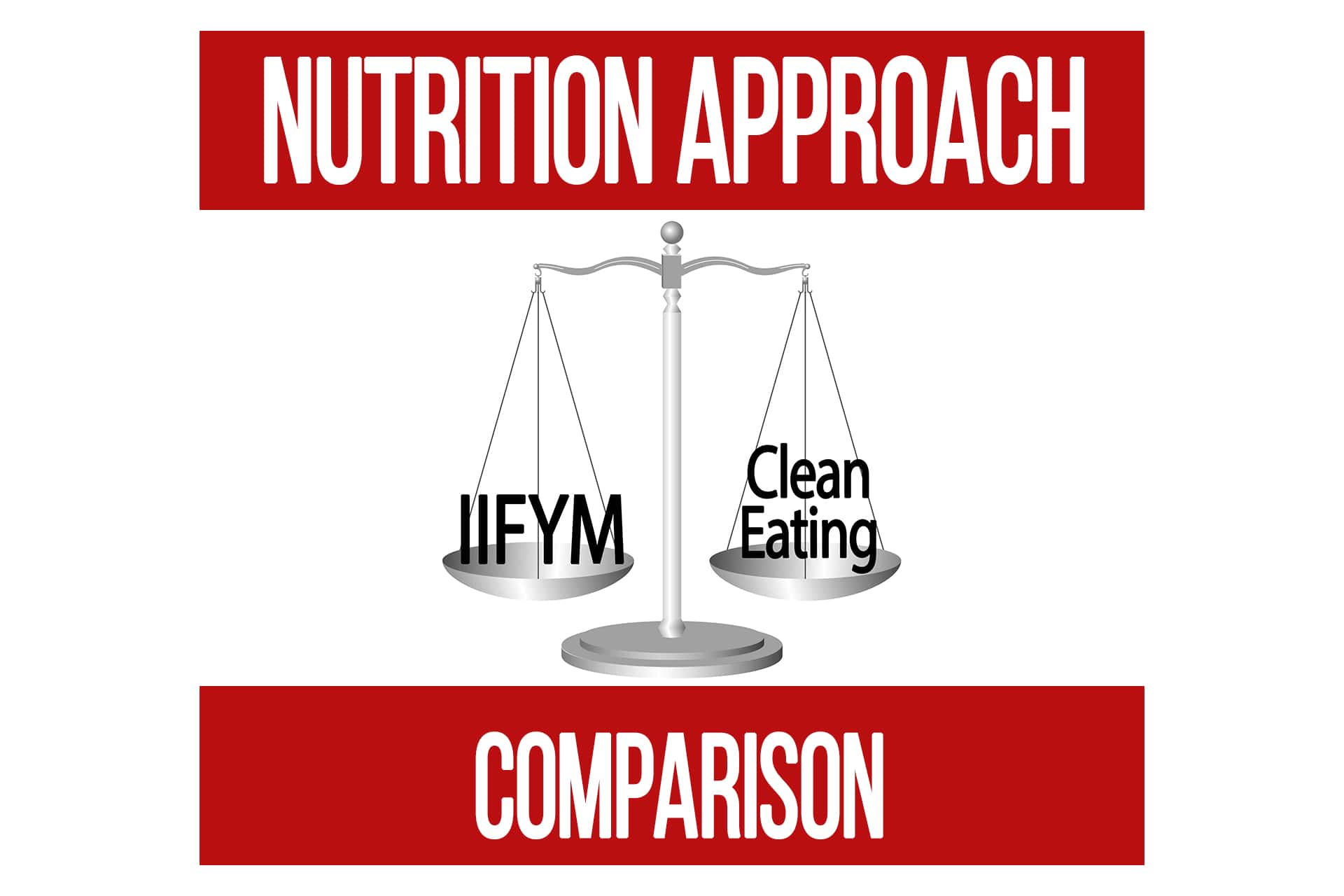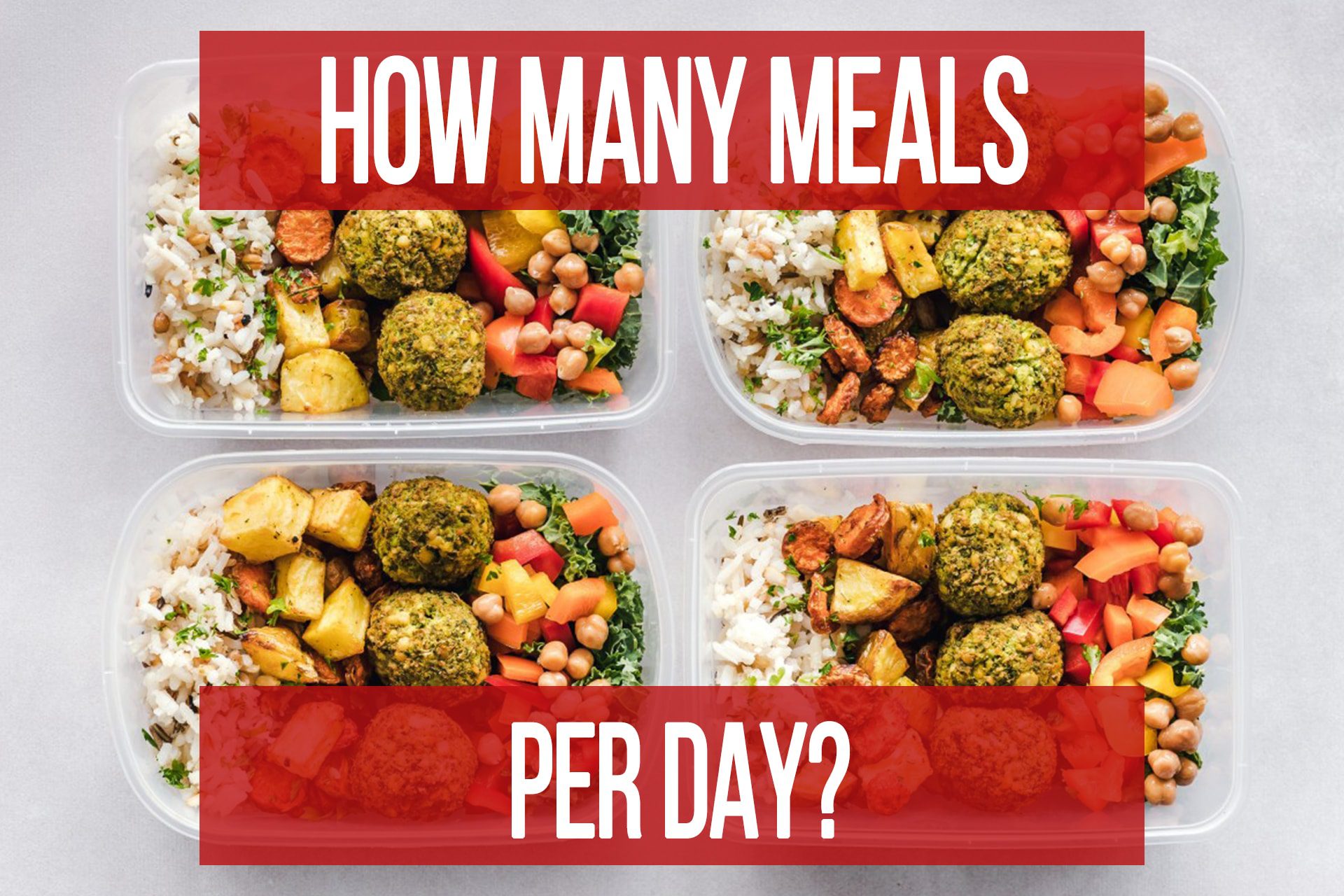Meal Prep Tips for Greater Efficiency and Ease
n1 training
Meal prep is one of the cornerstone components of the fitness community. But in reality it should be a staple skill for anyone with a tight schedule trying to be productive as possible.
Effective meal prepping can really free up a lot of time during the week, help reduce mental stress of trying to plan and prepare individual meals daily, and make it less challenging to hit your target macros to keep your progress on track.
It can save you a lot of time if done properly, but can also seem overwhelming when just getting started.
7 Tips to Streamline Meal Prep
Here are some tips to help increase productivity, efficiency, and enjoyment:
- Make a Habit
- Plan the same days, same times every week. Make it a part of your schedule. 1-2 hours 2x per week should be sufficient if you’re prepping efficiently. Trying to prep for a full week in one day may sound good in theory, but comes with a few obstacles. First, having that many meals stored in your fridge (even if you’re only prepping 3 meals per day because you cook dinner each night) takes up a TON of space. You need a bunch of containers and it doesn’t leave room for much else. The other is food freshness. Cooked food only keeps for so long before it starts to go bad or grow bacteria (even if you don’t taste it or get sick from it). Meat and carbs like rice or potatoes are usually only good for about 3 days cooked and refrigerated. So this is why prepping on maybe a Sunday and Wednesday is probably your best balance between efficiency and freshness.
- Get an Instant Pot.
- That thing makes life (and cleanup) so much easier. You can cook several pounds of meat in about 30-45 minutes and still have the stovetop and oven available for other things. It’s very versatile and also does a great job at steaming vegetables or cooking up a pot of rice or potatoes. Just through your ingredients in with your preferred seasonings, input your settings, and let it do its thing.
- Diversify your seasoning repertoire.
- Most spices, herbs, and seasonings add little to no calories and keep you from getting too bored eating the same basic foods all the time. Many of them have their own health benefits too. For example, aromatic herbs (rosemary, thyme, etc) help combat the formation of AGEs (advanced glycation end-products) that can lead to a number of health issues. Garlic can aid with cholesterol, blood pressure, and support detoxification of heavy metals. Don’t be afraid to experiment to find flavor combinations you like to prevent boring or bland meals.
- Portion your protein AFTER cooking it.
- Different cuts and meats lose different amounts of water and fat when cooked so the best way to be most consistent is to weigh after it’s cooked. Plus, it’s easier to measure into multiple portions after cooking rather than trying to do the extra math to figure out what the weight of the portions need to be afterwards.
- Measure carbs BEFORE cooking.
- Different levels of added liquid and cooking times will change the cooked weight of carbohydrates like rice or quinoa. Plus, the macros listed on the packaging refers to dry weight so use that when figuring out how many servings you want to prepare at once. Then weigh the final product and divide accordingly.
- Streamline the Process
- Write down cooking times once you have them dialed in where you like them. This makes it much easier to multi-task and cook multiple things at once (provided you have the equipment available to do so) so you can really cut down on your meal prep time and not have to babysit every item. The more systematized you can make the process the better.
- Pyrex tupperware.
- Especially if you’re going to put hot food in them or for some reason you need to microwave food in the container. Simply for health reasons, we try to avoid microwaving food. It can degrade the micronutrients in vegetables for example, removing many of the health benefits of consuming them. But if you do choose to microwave your meals NEVER do so in plastic containers (even if they’re BPA free). Pyrex is also much easier to clean and will last longer.
Lifestyle Hacks
Here are some additional things that we’ve learned from experience.
- Vegetables
- You know you need to get in all your vegetables for the health benefits right? But you don’t want to be “that guy/girl” who brings in steamed broccoli to the office (trust us, you really don’t). Or even better…on the plane. Well here is a simple fix for that! You can get all the same nutritional benefits without the horrendous odors AND it will taste much better too. Get a scoop of powdered greens like NutriDyn Dynamic Fruits & Greens and add fiber powder. Psyllium husk works well but a blend with other fibers, like inulin and pectin, is good from a gut health perspective to get in your prebiotics. BOOM you just basically got the equivalent of a pound of diverse vegetables in the size of your protein scoop. Just mix with water and you can either have it between meals if you prefer.
- Emergency rations
- Just in case you perhaps forget to pack a meal or there isn’t the opportunity to pull out your food containers and slam a meal during a busy day, it’s good to have a back up plan on hand. Keeping a small container with a protein blend (such as a whey and casein mix) and either some nuts or dense carb snacks on hand depending what your macros may dictate can be a life saver. Always go for quality. Some emergency carbs we like to use are Bobo’s (organic oat bars) or Annie’s Toaster Pastries (basically organic pop tarts). They pack +30g of carbs with only about 5-7g of fat each. They’re also small and individually sealed so they’re very convenient in a crunch.
Meal prep is meant to make life easier, not more stressful. Take these tips into consideration to help streamline the process, make it more enjoyable, and be easier to meet your nutritional goals with minimal stress.
Meal prep is one of the cornerstone components of the fitness community. But in reality it should be a staple skill for anyone with a tight schedule trying to be productive as possible.
Effective meal prepping can really free up a lot of time during the week, help reduce mental stress of trying to plan and prepare individual meals daily, and make it less challenging to hit your target macros to keep your progress on track.
It can save you a lot of time if done properly, but can also seem overwhelming when just getting started.
7 Tips to Streamline Meal Prep
Here are some tips to help increase productivity, efficiency, and enjoyment:
-
- Make a Habit
- Plan the same days, same times every week. Make it a part of your schedule. 1-2 hours 2x per week should be sufficient if you’re prepping efficiently. Trying to prep for a full week in one day may sound good in theory, but comes with a few obstacles. First, having that many meals stored in your fridge (even if you’re only prepping 3 meals per day because you cook dinner each night) takes up a TON of space. You need a bunch of containers and it doesn’t leave room for much else. The other is food freshness. Cooked food only keeps for so long before it starts to go bad or grow bacteria (even if you don’t taste it or get sick from it). Meat and carbs like rice or potatoes are usually only good for about 3 days cooked and refrigerated. So this is why prepping on maybe a Sunday and Wednesday is probably your best balance between efficiency and freshness.
- Get an Instant Pot.
- That thing makes life (and cleanup) so much easier. You can cook several pounds of meat in about 30-45 minutes and still have the stovetop and oven available for other things. It’s very versatile and also does a great job at steaming vegetables or cooking up a pot of rice or potatoes. Just throw your ingredients in with your preferred seasonings, input your settings, and let it do its thing.
- Make a Habit

- Diversify your seasoning repertoire.
- Most spices, herbs, and seasonings add little to no calories and keep you from getting too bored eating the same basic foods all the time. Many of them have their own health benefits too. For example, aromatic herbs (rosemary, thyme, etc) help combat the formation of AGEs (advanced glycation end-products) that can lead to a number of health issues. Garlic can aid with cholesterol, blood pressure, and support detoxification of heavy metals. Don’t be afraid to experiment to find flavor combinations you like to prevent boring or bland meals.
- Portion your protein AFTER cooking it.
- Different cuts and meats lose different amounts of water and fat when cooked so the best way to be most consistent is to weigh after it’s cooked. Plus, it’s easier to measure into multiple portions after cooking rather than trying to do the extra math to figure out what the weight of the portions need to be afterwards.
- Measure carbs BEFORE cooking.
- Different levels of added liquid and cooking times will change the cooked weight of carbohydrates like rice or quinoa. Plus, the macros listed on the packaging refers to dry weight so use that when figuring out how many servings you want to prepare at once. Then weigh the final product and divide accordingly.
- Streamline the Process
- Write down cooking times once you have them dialed in where you like them. This makes it much easier to multi-task and cook multiple things at once (provided you have the equipment available to do so) so you can really cut down on your meal prep time and not have to babysit every item. The more systematized you can make the process the better.
- Pyrex Tupperware
- Especially if you’re going to put hot food in them or for some reason you need to microwave food in the container. Simply for health reasons, we try to avoid microwaving food. It can degrade the micronutrients in vegetables for example, removing many of the health benefits of consuming them. But if you do choose to microwave your meals NEVER do so in plastic containers (even if they’re BPA free). Pyrex is also much easier to clean and will last longer.
Lifestyle Hacks
Here are some additional things that we’ve learned from experience.
- Vegetables
- You know you need to get in all your vegetables for the health benefits right? But you don’t want to be “that guy/girl” who brings in steamed broccoli to the office (trust us, you really don’t). Or even better…on the plane. Well here is a simple fix for that! You can get all the same nutritional benefits without the horrendous odors AND it will taste much better too. Get a scoop of powdered greens like NutriDyn Dynamic Fruits & Greens and add fiber powder. Psyllium husk works well but a blend with other fibers, like inulin and pectin, is good from a gut health perspective to get in your prebiotics. BOOM you just basically got the equivalent of a pound of diverse vegetables in the size of your protein scoop. Just mix with water and you can either have it between meals if you prefer.
- Emergency rations
- Just in case you perhaps forget to pack a meal or there isn’t the opportunity to pull out your food containers and slam a meal during a busy day, it’s good to have a back up plan on hand. Keeping a small container with a protein blend (such as a whey and casein mix) and either some nuts or dense carb snacks on hand depending what your macros may dictate can be a life saver. Always go for quality. Some emergency carbs we like to use are Bobo’s (organic oat bars) or Annie’s Toaster Pastries (basically organic pop tarts). They pack +30g of carbs with only about 5-7g of fat each. They’re also small and individually sealed so they’re very convenient in a crunch.
Meal prep is meant to make life easier, not more stressful. Take these tips into consideration to help streamline the process, make it more enjoyable, and be easier to meet your nutritional goals with minimal stress.

Popular Pages
Learn & Train With Us
Add N1 Training to your Homescreen!

Please log in to access the menu.





